Do you wish you could spend less time and money dining out, but you feel like you don’t have the time to cook dinner every night, or prepare a healthy lunch before work each morning?
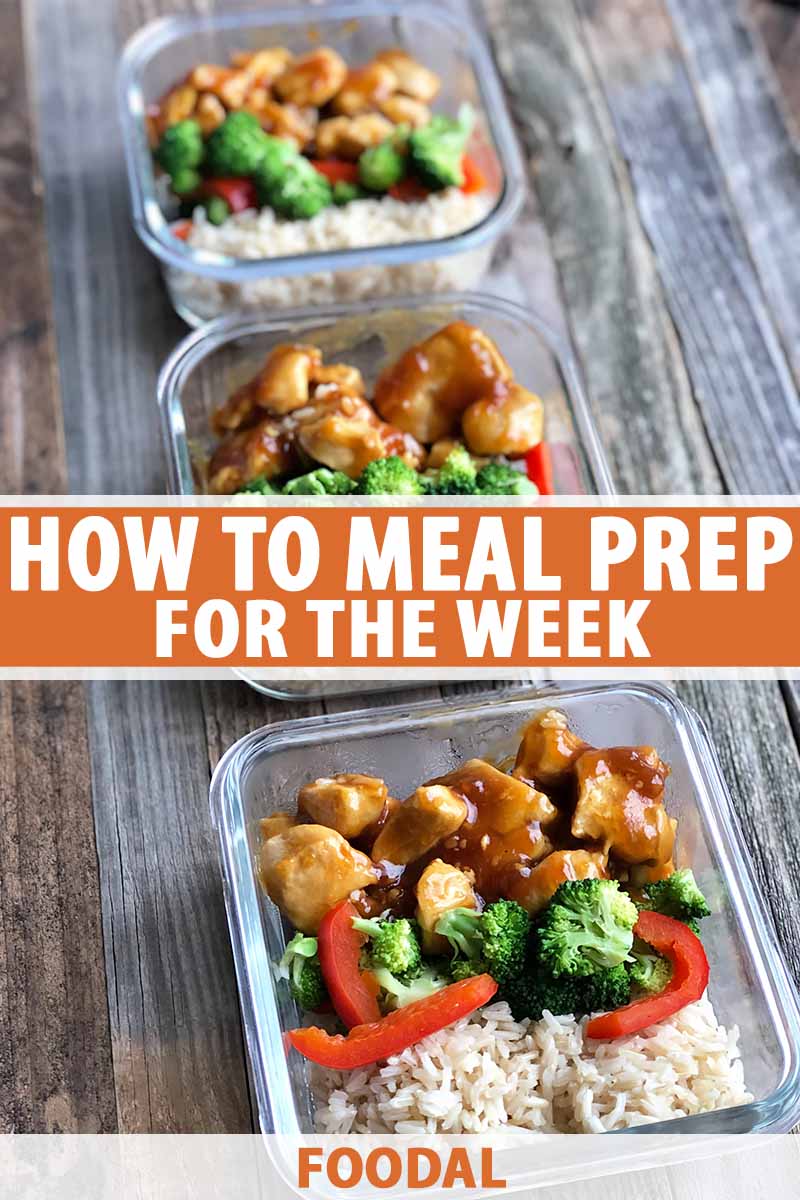
Meal prepping may be just what you’re looking for!
Here’s what’s to come in this article:
What You’ll Learn
Why Should You Cook Meals for the Week?
What Foods Are Best for Meal Prep?
How to Cook Meals for One Week Ahead of Time
What Is Meal Prepping?
While there are many ways to do it, meal prepping is simply a process of prepping and cooking all (or most) of your dishes for the week on one day, usually a Sunday or whatever day of the week you tend to have the most free time.
By getting everything ready to go ahead of time, you don’t have to worry about preparing anything throughout the week. Instead, you’ll have a fridge full of either individual ingredients, or complete recipes, that are ready to go.
Why Should You Cook Meals for the Week?
While it may seem daunting at first, once you get the hang of it, you’ll see that cooking what you eat for the week has many benefits.
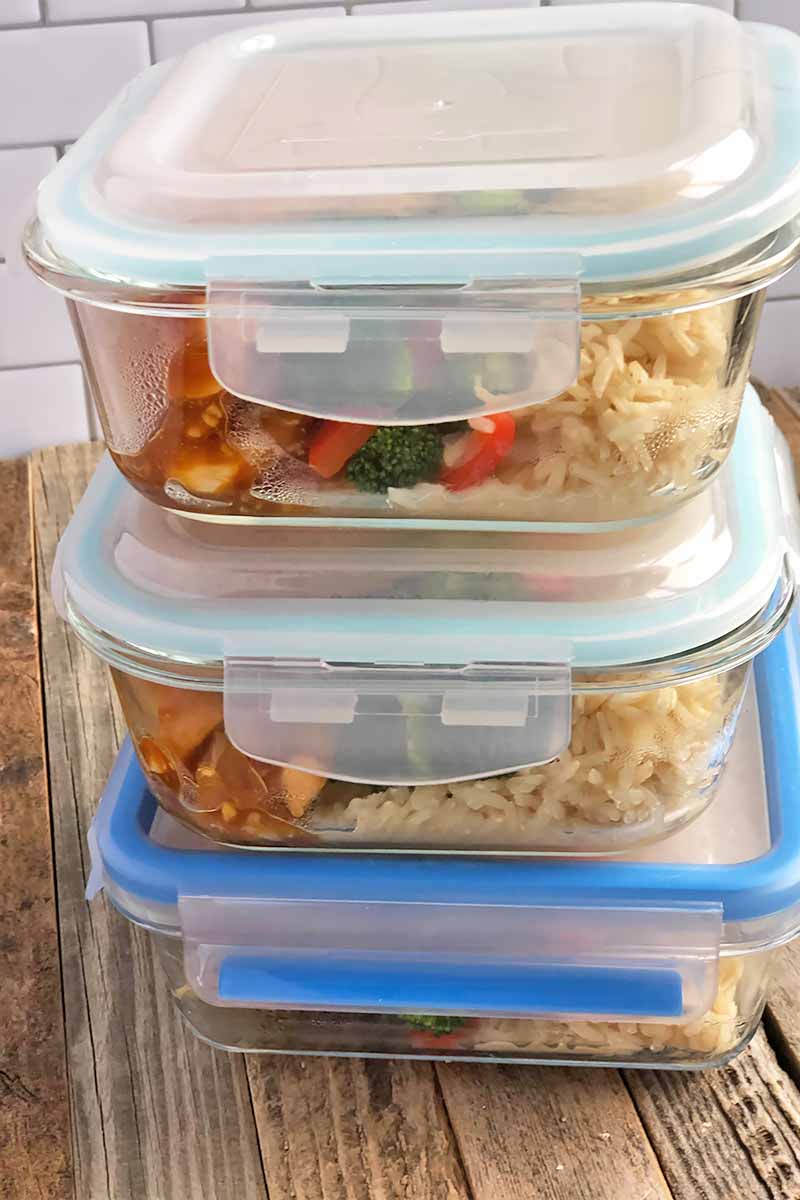
Prepping your food in advance is:
Budget-Friendly
Cooking at home is almost always significantly cheaper than going out to eat or ordering takeout.
It can also save you money by helping you to plan what you eat based on food you already have on hand at home, or whatever’s on sale that week.
And you can save even more if you buy items in bulk, and learn to batch cook.
A Time-Saver
By investing just an hour or two on a Sunday prepping your meals, you’ll have more time at night to spend with family and friends, or to catch up on your favorite shows.
Busy days can leave you feeling tired and stressed, and for many of us, the last thing you want to do is an extensive series of cooking tasks at the end of a long workday.
Carving out a period of time when you know you’ll be free each week to prep for the week ahead frees you up to make more time for yourself on busier days, and to do those things that you enjoy most.
Plus, it doesn’t mean time wasted running to the grocery store multiple times per week, waiting in line for takeout, or sitting at a restaurant when you’d prefer to be at home or doing other things.
Healthier
If you’re trying to lose weight or simply eat healthier, one of the best ways to do it is by cooking more meals at home.
This way, you have full control over the types and amounts of ingredients going into your food.
Portioning out your meals into individual containers that are ready to serve can also help with portion control.
Essential Tools and Supplies
You don’t need any fancy equipment for your meal prep. However, I do recommend investing in at least one time-saving appliance such as a slow cooker, electric pressure cooker such as an Instant Pot, or a rice cooker.
Here are some of the essential tools and supplies that you should plan to have on hand to make meal prep a breeze:
- Large baking sheet for roasting vegetables and making sheet-pan meals
- Large saucepan for cooking big batches of grains
- Large soup pot
- One or two chef’s knives – ideally, one for prepping raw meat and another for vegetables and no-cook items, so you won’t have to stop to do dishes
- Two cutting boards, with one designated for cutting raw meat and poultry, another for vegetables and no-cook items
- Parchment paper for roasting and baking
- Glass food storage containers in a variety of sizes, like these from Amazon
- Plastic food storage for on-the-go snack packs
- Mason jars in a variety of sizes
- Meat thermometer
What Foods Are Best for Meal Prep?
While most foods can be used in meal prep, there are some that work especially well. You can use this list as a jumping off point for meal planning.
- Whole Fruits: apples, pears, oranges, plums, peaches, cherries, bananas
- Firm Fresh Vegetables: carrots, cauliflower, broccoli, Brussels sprouts, bell peppers, hot peppers, cabbage, jicama, celery
- Frozen Vegetables: broccoli, corn, peas, cauliflower (and cauliflower rice), carrots, Brussels sprouts, butternut squash, peppers, edamame, and mixed veggies
- Hardier Leafy Greens: kale, green leaf lettuce, romaine lettuce
- Starchy Vegetables: potatoes, sweet potatoes, winter squash
- Whole Grains: quinoa, brown rice, farro, einkorn, buckwheat, barley, spelt
- Pulses: lentils, beans, chickpeas, peas
- Nuts and Seeds: almonds, walnuts, pecans, cashews, pumpkin seeds, sesame seeds, chia seeds, flax seeds
- Lean Proteins: chicken, ground turkey, lean cuts of beef and pork, tofu, seafood (fresh or frozen), eggs, Greek yogurt, part-skim cheese
How to Cook Meals for One Week Ahead of Time
Now that you’re convinced that preparing meals ahead of time is worth it (and I hope you are by now!), let’s talk about how to actually do it.
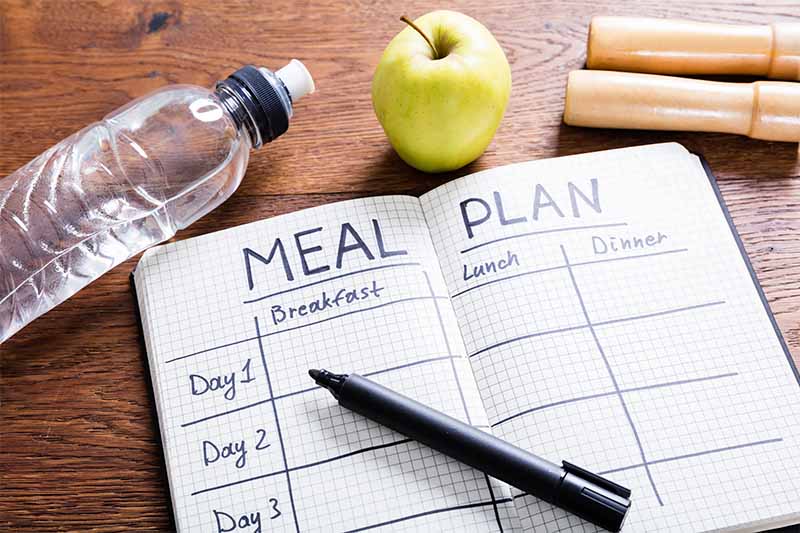
There are four basic steps to cooking everything that you’ll eat for the week:
- Pick a day for prepping
- Make a plan
- Create a grocery list and go shopping, or place a delivery order
- Start prepping
Below, I’ll walk you through each step with tips and tricks for making the process as efficient as possible.
After a few weeks of meal prepping, chances are you’ll find your own rhythm, and fall into a pattern that works best for your schedule, lifestyle, and eating style.
Step 1 – Pick a Day
Before you start planning and cooking, the first step is to figure out the best day for you to prep everything.
Sundays are popular, especially if you have a Monday-Friday workweek. However, if you work on an alternate schedule, or are out of town a lot on weekends, Monday night might work better for you.
The key is to be consistent with the day you choose if you can. This will be helpful in your quest to make meal prep become a habit.
It can also help to use your prep time as an opportunity to get caught up on your favorite shows or podcasts.
My kitchen is open to the living room, so Sunday afternoons or evenings have become my time to turn on Netflix, and get to chopping and cooking.
Step 2 – Make a Meal Plan
Before you can start cooking, you need to make a plan. What are you going to make, and how much food do you need?
Start by deciding how many meals you need to make that week.
How many people live in your household, and who’s going to be home when? Do you want to prep for all three dishes each day? Or just lunches and dinners?
Maybe you’re going out to eat one night, or lunch is already covered on another day. Plans can sometimes change, but deduct these meals from your overall count.
Finally, for how many days in a row are you okay with eating the same exact dish? Personal preferences vary when it comes to leftovers, and this aspect may require a bit of trial and error for you to figure out what works.
All of these factors will help you figure out how much food to prep. Then, once you know how many meals you’ll need, it’s time to figure out what you’re going to make.
When I’m looking for recipes, I try to pick ones that have a few ingredients in common, to make my meal prep even easier. Pair recipes that can be baked or roasted in the oven at the same temperature, if you can.
It also helps to choose one or two recipes that can be made in a slow cooker or Instant Pot, for added convenience so you can set it and forget it.
There are lots of ways to find inspiration for what to prepare. Here are some of my go-to’s:
Look at What You Already Have
I almost always start by taking a look at what I already have in my pantry, fridge, and freezer.
Looks like there are lots of dried beans that I bought a while ago? Those are on the menu this week.
It helps to follow the First In First Out (FIFO) system when organizing your fridge, freezer, and cabinets, so you can tell what you need to use up first, before it expires.
When I have a few ingredients in mind that I know I want to use, this helps to narrow down my recipe search.
Check Pinterest and Other Saved Recipes or Cookbooks
Take a look at the recipes that you’ve already saved, or flip through your cookbooks to find tried and true favorites, as well as new options.
It helps if your Pinterest boards (or bookmark lists) are well-organized and labeled with the types of recipes that are on them. Need a little inspiration? Check out Foodal’s boards on Pinterest (https://www.pinterest.com/foodal/)!
Explore Recipe Websites and Blogs
Check out the latest recipes on your favorite websites and blogs for inspiration.
Many of these sites, like Foodal, also have recipe indexes (https://foodal.com/recipes/) that make it easy to narrow down your search based on the ingredient, type of cuisine, or the recipe category that you’re looking for.
Monthly cooking magazines or weekly email newsletters can provide inspiration too.
Recreate Restaurant Dishes and Feature Favorite Foods
Rather than spending money going out to eat or ordering in, try to recreate your favorite restaurant meals at home, or start with one of your favorite foods or ingredients in mind, and build out a menu from there.
Return to family favorites, put a healthy spin on comforting dishes, and look back to memorable vacations and special family meals for new ideas.
Step 3 – Make a Grocery List and Shop
Now that you have your recipes picked out, it’s time to make your grocery list!
I’m all about efficiency, so I like to organize my list in the order of where certain ingredients are in the store.
For example, I list all the produce items together, followed by shelf-stable items found in the middle aisles, and finally meats, dairy products, and eggs, which are on the opposite side of my local grocery store from the produce section.
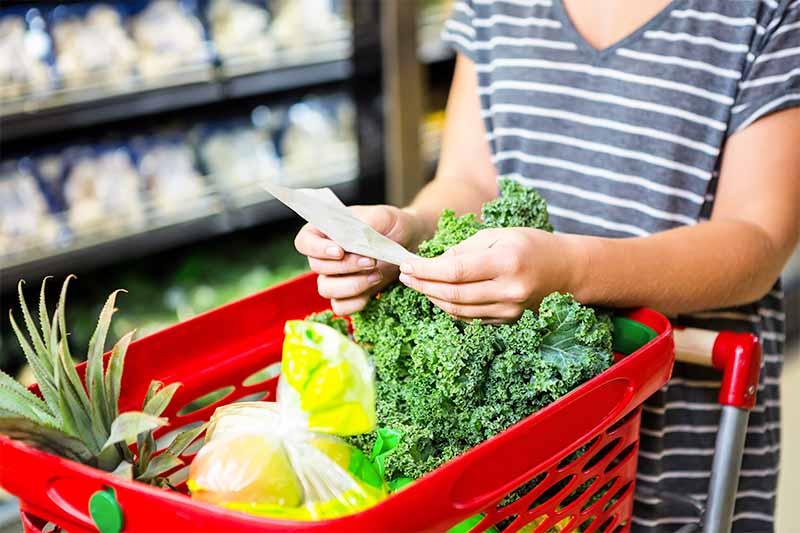
While you don’t have to get that specific, it does help to at least keep your list organized by the grocery store department so that you won’t have to constantly go back to grab things.
To skip an extra errand, or if going yourself to the grocery store isn’t possible, grocery delivery services are another excellent time-saver, and you can typically pick a delivery window that’s the most convenient for you.
A sample grocery list could be organized in a way that looks something like this:
- Produce
- Meat/Poultry/Seafood
- Bakery
- Dairy and Eggs
- Frozen
- Bulk Bins
- Everything Else
One final tip when making your list:
Make a note of any ingredients that you can substitute with a similar item, if something is unavailable or if it’s on sale.
When I have time, I like to check for coupons and look for prices in grocery store flyers to do a little comparison shopping and find the best deals before I go. But sometimes there just isn’t time for this.
Being flexible allows me to make good choices at the store – if I planned to cook chicken but I realize that beef is on sale for a really good price or I find an empty spot on the shelf, I might make a last-minute swap, as long as it’s one that can work as a substitute in the recipes I have planned.
Using an online delivery service will typically give you the ability to select substitutions ahead of time, or a shopper will contact you about any replacements. You can order in advance, select a convenient time to get your groceries delivered, or place an order that will be ready for pickup at a set time – all of which can also help you to save time and money.
Step 4 – Start Prepping!
Once you have your meals planned and your kitchen is stocked, it’s time to start prepping and cooking!
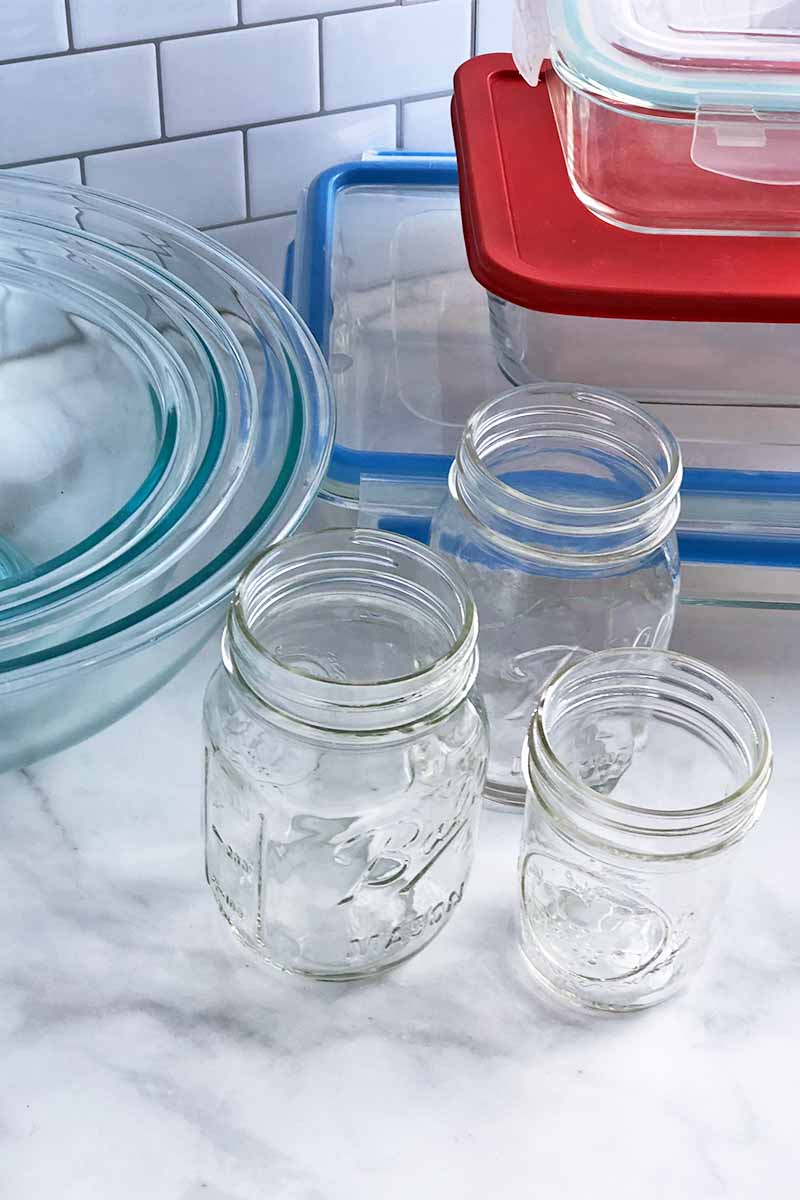
There are three main methods that you can use to go about this. It’s up to you to determine which one works best, and this may vary from week to week.
I usually use a mix of methods, depending on the recipes I’m making and what my schedule looks like that week. If you’re new to meal prepping, it can be helpful to try them all out and find a mix that works best for your lifestyle.
1. Batch Cooking
If you’re looking to save money and spend the least amount of time cooking, then batch cooking is for you!
There are two ways that you can utilize this method:
Mix and Match
The first is to cook large batches of individual ingredients to mix and match throughout the week. This works well with recipes like salads and grain bowls.
If you thrive on variety, you’ll probably enjoy this option.
Large Batch
Another option is to cook large batches of just a few recipes to eat throughout the week, such as chili, enchiladas, and pasta bakes.
Doing this usually creates leftovers, which can be frozen in individual portions that can easily be thawed and reheated later.
If you’re not a fan of casseroles in general, or leftovers on repeat without much variety, this might not be the best choice for you.
2. Prep Ingredients and Cook Later
There are also times when it makes more sense to prep your ingredients ahead of time, but not cook and assemble them right away.
Examples of when this method may be best include:
- Preparing a recipe that is best when assembled, cooked, and eaten on the same day.
- If you won’t be cooking a particular dish until the end of the week, and some of the ingredients are likely to go bad if you assemble them too far in advance (especially raw meat/fish and eggs).
- If there simply isn’t enough time to prep and cook all your recipes on your designated prep day that week.
For this method, you’ll do all the prep work for a recipe in advance, such as chopping vegetables, making sauces, and marinating your proteins. Then, you store each item individually, and assemble and cook on the night when you need it.
A Note of Caution:
Play close attention to how long you’ve had raw meat in the fridge. Refrigerated uncooked meat is only safe to consume for up to 3 days.
If you don’t plan to use the meat that you’ve purchased or prepped until later in the week, I recommend either cooking it ahead of time, or storing it in the freezer and thawing it in the fridge the night before cooking.
Some recipes can even be assembled a night ahead of time, such as lasagna.
However, I don’t recommend assembling them too far in advance that won’t be cooked until the end of the week, for food quality and safety reasons.
3. Cook and Portion Out Meals
You can also choose to do all of the recipe prep, assembly, and cooking in one day.
I highly recommend this option for when you are prepping lunches, breakfasts, or recipes where only some of the ingredients are cooked, such as fresh green salads with baked chicken on top.
This method is similar to mix-and-match batch cooking, but instead of making big batches of just a few ingredients as described above, you’ll be following more specific recipes that may not have as many ingredients that overlap with one another.
However, for time-saving and budget purposes, I still recommend trying to use the same grain or protein in more than one recipe.
General Steps for Prepping and Cooking Meals
Here’s a general flow that you can follow for prepping meals ahead of time. Your process may look slightly different, depending on the type of recipes you’re making.
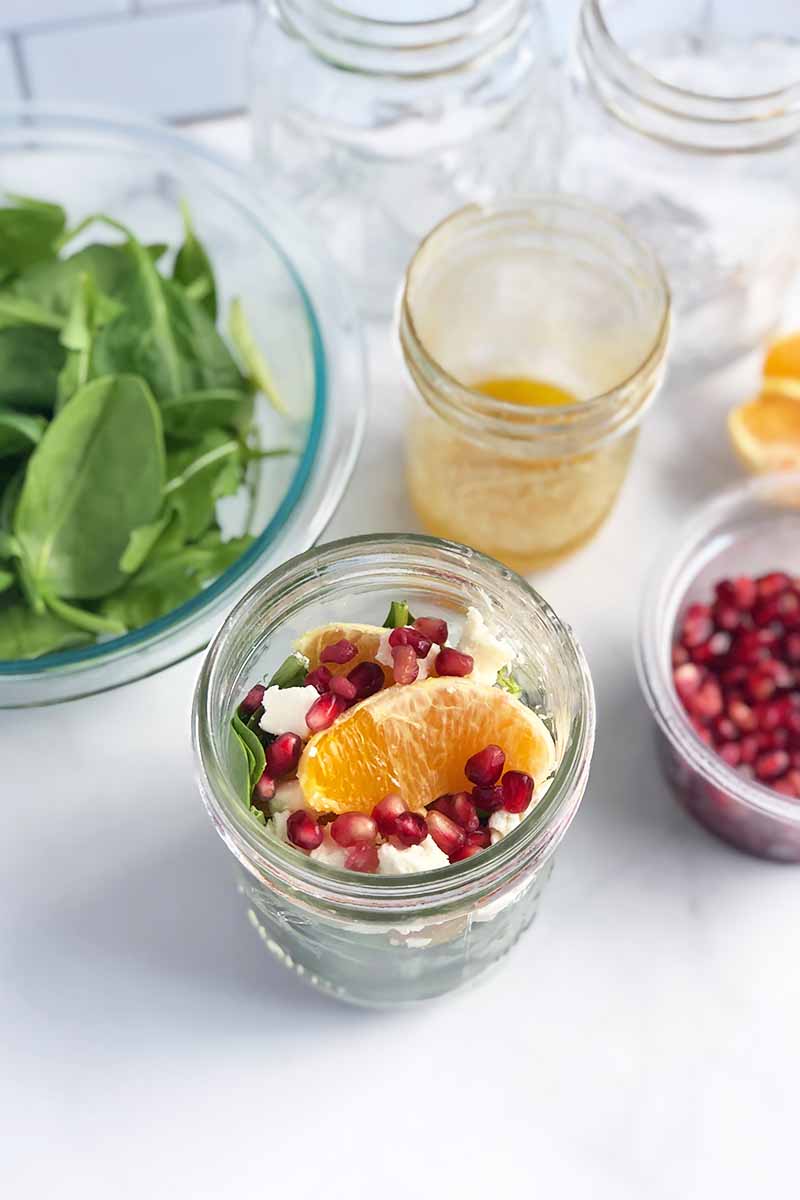
Review these steps, and easily customize to whatever recipe you will decide to use.
Step 1 – Review the Recipes
Before you start chopping and cooking, review your recipes carefully. Make note of ones with similar ingredients than can be prepped or cooked together, cooking times, and oven temperatures.
Also note recipes that you plan to cook to completion, and those you’re going to finish assembly and cooking for later in the week.
If you are cooking everything on the same day, then you’ll definitely want to make note of whether any recipes require prep the day before, such as soaking beans or marinating meats.
Step 2 – Measure and Cook Starches and Legumes
As grains, potatoes, beans, and lentils can often take the longest to cook, I like to start them first. This step can also include soaking beans or lentils overnight, prior to cooking.
Boil and cool any pasta you may need, for baked casseroles or pasta salads.
Step 3 – Chop Vegetables and Measure Ingredients
Next, start chopping your vegetables, mincing garlic, and measuring out other ingredients.
Unless you plan to cook the vegetables all at once, I recommend keeping the measured ingredients grouped together by recipe to avoid confusion.
Step 4 – Start with Slow Cooker and Pressure Cooker Meals
If your meal plan includes a Crock-Pot or Instant Pot recipe, start those first so they can cook away while you work on your other recipes that can be finished more quickly.
Step 5 – Cook Proteins and Vegetables
Next, cook the proteins and vegetables.
Depending on your recipes, you may be able to cook them in batches. Just make sure to put vegetables and proteins that have different cooking times on separate baking sheets.
If you only have one baking sheet, you can either cook the proteins/vegetables that take longest to cook first, or keep them on separate sides of a large baking sheet so it’s easy to quickly transfer the cooked ingredients to a container.
Step 6 – Prepare Sauces
While your base ingredients are cooking, this is a good time to prep any sauces, dressings, or marinades you might need.
Note: If you plan to cook all your proteins on the same day, then you may want to marinate them the day before. Otherwise, you can marinate on your prep day, and finish assembling and cooking on the night when you plan to eat the marinated protein dish.
This can also be a good time to get a head start on doing the dishes.
Step 7 – Assemble Mixed Dishes and Cook
If you want to cook all of your meals ahead of time, then the next step is to actually assemble all of your prepped ingredients.
For example, if you are making a veggie enchilada casserole, this step would include layering all the prepped ingredients.
After everything is assembled, it’s time to cook your meals, either on the stove or in the oven, depending on the recipe.
Of course, you can also stop here and finish assembling and/or cooking when you are ready to finish making the recipe for dinner during the week. In those cases, make sure all your food has cooled to room temperature before storing in the fridge.
Step 8 – Portion Out and Store
Once your meals are cooked, you have two options:
- Cool and then store the full meal in a large container (for example, you’d put a covered pan of lasagna in the fridge).
- Portion out each meal so that each container has one serving in it (for example, one slice of lasagna in each small container). While this takes up more room in the fridge, and requires more containers, it’s a convenient option – especially for packed lunches.
Recipes to Get You Started
Phew, that was a lot! But as I mentioned above, once you get the hang of it, preparing meals for the week will become much easier, and it will save you time and money.
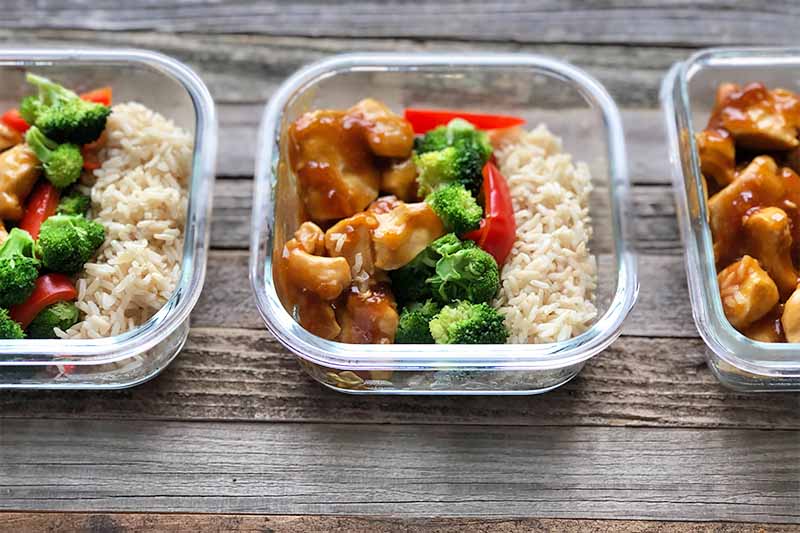
To get you up and running, below are a few of our favorite recipes that are perfect for meal prep, as they can be easily made ahead of time and reheat well.
Breakfast:
- Make-ahead Breakfast Burritos
- Homemade Fruit and Chocolate Granola Bars
- Breakfast Quinoa with Pumpkin
- Homemade Sausage and Cheese Biscuits
- Slow Cooker Overnight Cranberry Apple Oatmeal
Lunch and Dinner:
- Slow Cooker Game Day Chili
- Honey Lime Chicken Skewers
- Healthy Quinoa Casserole
- Chickpea, Spinach, and Vegan Sausage Farro Bowls
- Chili Lime Chicken with Black Beans and Rice
- Slow Cooker Cuban Mojo Pork
- Baked Manicotti
- Cherry Almond Chicken Salad
- Creamy Greek Pasta with Shrimp
It can be an adjustment, but once you find your rhythm, meal prep will be well worth the effort!
Cooking what you eat in advance for the week is an effective way to eat healthier, and save time cooking throughout the week. You won’t be as tempted to dine out, this can be easier on your waistline as well as your wallet.
It’s helpful to have a handful of pantry staples and kitchen tools at the ready. The initial investment will make planning and prepping future meals even easier!
Feeling overwhelmed? Prepping just your lunches for the week can be a good place to start.
Once you get into the rhythm of planning and prepping, try adding in a few dinners, and maybe breakfasts too.
Do you meal prep? Share your tips, tricks, and favorite recipes in the comments below!
Photos by Kelli McGrane, © Ask the Experts, LLC. ALL RIGHTS RESERVED. See our TOS for more details. With additional writing and editing by Allison Sidhu. Uncredited photos: Shutterstock.
About Kelli McGrane, MS, RD
Kelli McGrane is a Denver-based registered dietitian with a lifelong love of food. She holds undergraduate and master’s degrees in nutrition science from Boston University. As a registered dietitian, she believes in the importance of food to nourish not only your body, but your soul as well. Nutrition is very personal, and you won’t find any food rules here, other than to simply enjoy what you eat.

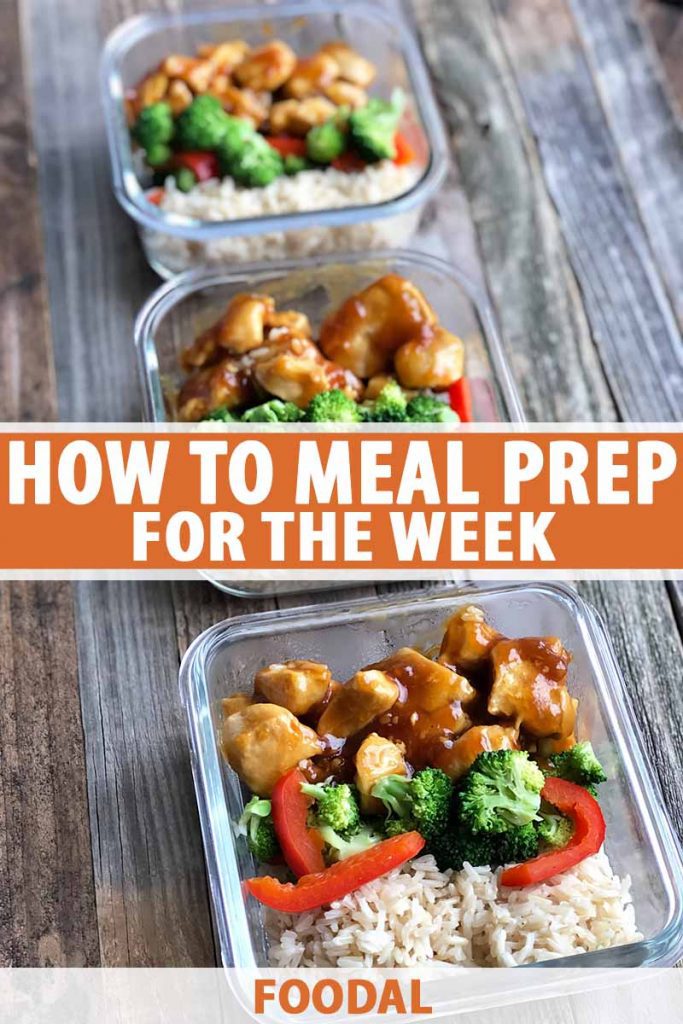

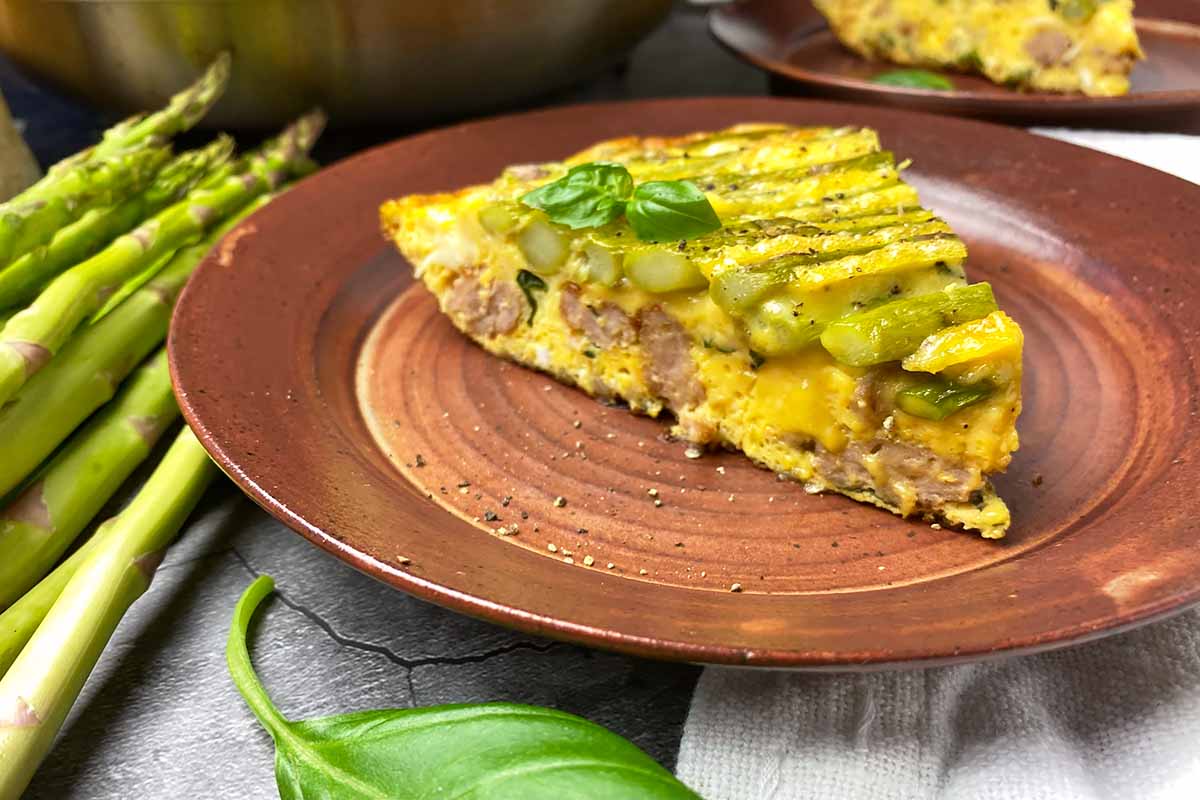

Great info, I’ll take note.
So did you take notes?
great recipe, I will have DazzDeals deals to buy ingredients in the cheapest way
This was really helpful and I enjoyed getting it all organized before cooking! Thank you ☺️
You’re welcome, Tierra!
I never took notes